Aptean Food & Beverage ERP
Sustainable Production and Distribution: A
Food Industry
Playbook
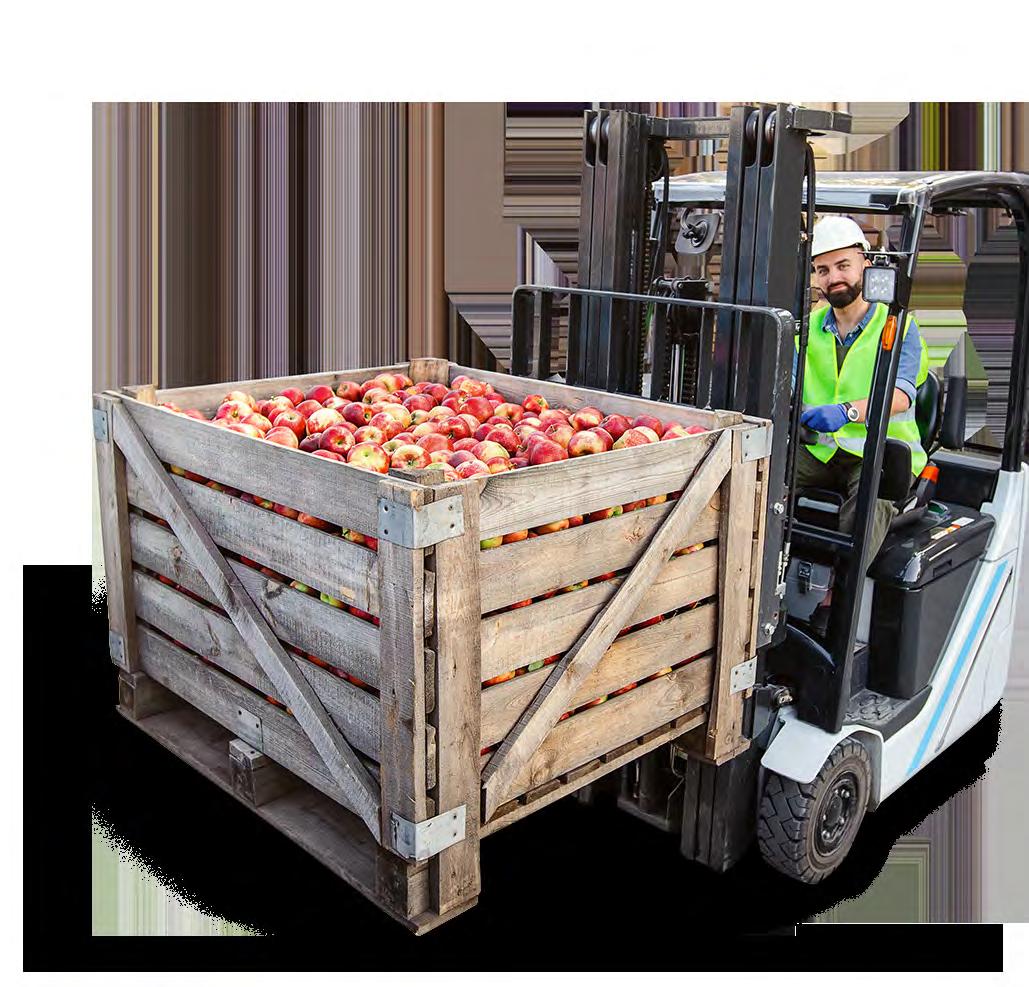


Sustainability has been a food industry buzzword for several years, but the pressure is now mounting for companies to convert good intentions to measurable actions.

Consumers have already made lifestyle changes to protect the environment, like using metal straws and reusable bags. Now, their focus has expanded into more sustainable food choices – and they are actively seeking brands that prioritize lower emissions and ethical practices.
But becoming a sustainable food producer or distributor is a complex, multi-layered process. It means working collaboratively with farmers, manufacturers and distribution partners to treat everyone fairly and make smarter sourcing decisions.
It means innovating recipes and changing product packaging. Improving manufacturing efficiency, rerouting distribution and finding ways to offset unavoidable emissions.
It means educating consumers on the environmental value of buying sustainably produced food and beverages – even if it costs more.
Sustainable food production and distribution is easier to achieve when broken down into a play-by-play strategy. Aptean has collated key plays to help optimize your sustainability strategy.
Growing and cultivation
Sustainable food production begins at the source; raising crops and livestock accounts for 25% of all global greenhouse emissions and 70% of freshwater consumption. To reduce the industry’s environmental footprint, food producers, growers, farmers, harvesters and packers need to develop more sustainable cultivation methods.
For example, herbicides, pesticides and chemical fertilizers can affect water quality and harm local wildlife. Choosing organic ingredients reduces environmental damage, which can be certified on product packaging to prove to consumers that no harmful chemicals were used in the cultivation process. Food manufacturers can also use data analytics to optimize growing conditions, increasing crop yield in an environmentally-friendly manner.
There are additional opportunities for food brands to explore progressive food production techniques such as permaculture, hydroponic agriculture vertical farming and regenerative agriculture projects that promote the long-term viability of soil.
Sustainable cultivation isn’t limited to crops, either. Food brands incorporating meat into products can develop ethical, sustainable approaches to animal husbandry. For example, avoiding practices such as debeaking and tail docking, which inflict unnecessary suffering on livestock, and using humane slaughter methods. It is also important to consider broader ethical decisions – such as sourcing sustainable animal feed and limiting the use of antibiotics to the treatment of active disease only.
Whether your business actively engages in protein and plant cultivation or merely sources these materials from other providers for use in your manufacturing operations, transparency is key to greater sustainability. For example, bakery, confectionery, snack, sauce and frozen food companies can work closely with their suppliers and potentially schedule in-person visits to investigate how sustainable their practices are.
Regardless of your organization’s product range, though, technology can be a driver in your initiative to become more environmentally friendly. Digitally integrating the supply chain with food production enables bi-directional traceability so you can prove to consumers that sustainable growing methods and animal welfare standards are constantly maintained.
Crop and livestock cultivation
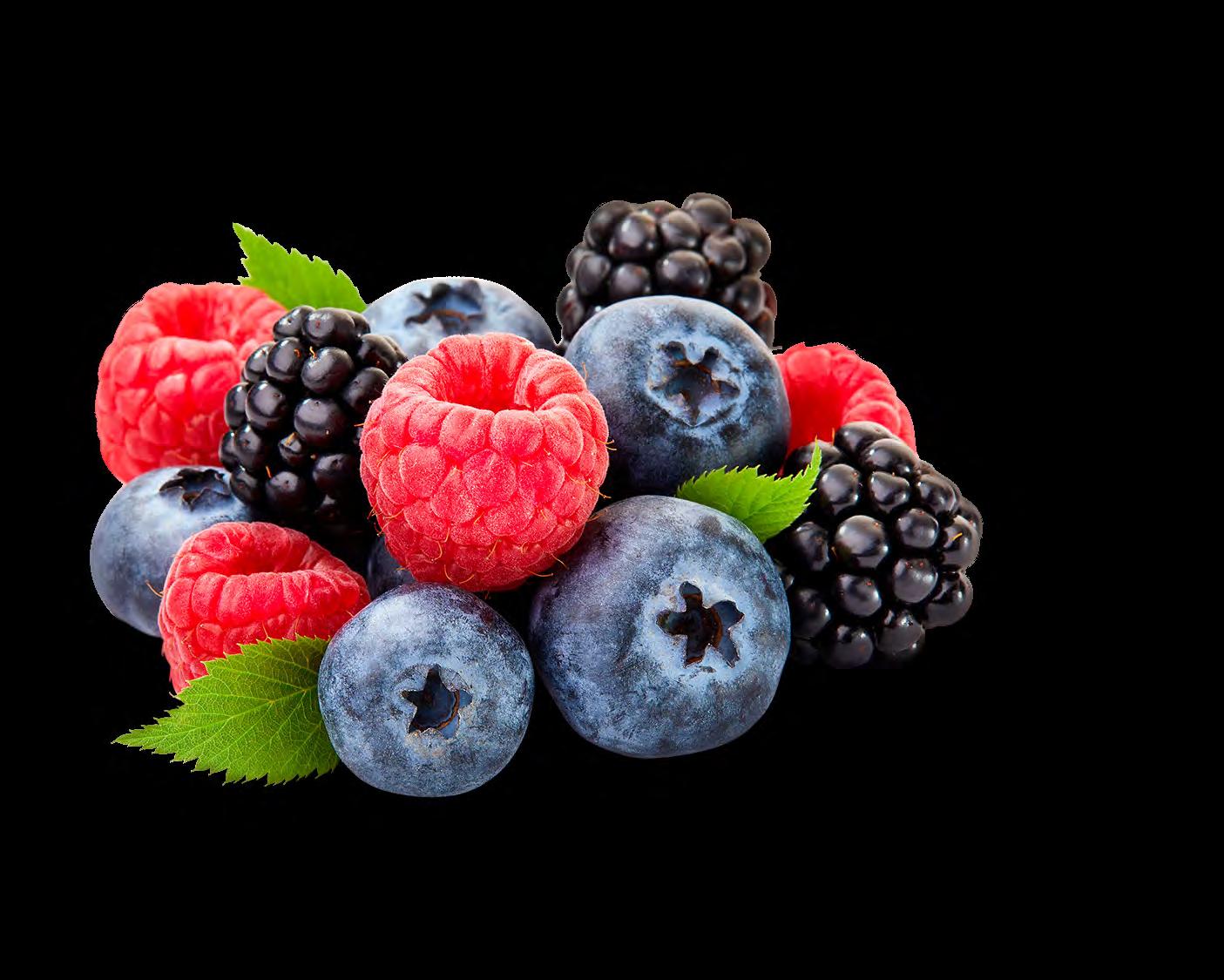
Growing, cultivation and sourcing plays
In each section, we’ll provide critical plays to increase your sustainability credentials. There are three options – good, better and best – to help you make logical, incremental improvements.
Good If your operations include the cultivation of agricultural and animal ingredients, move away from reliance on herbicides, pesticides and fertilizer for crop production and focus on raising animal welfare standards in meat production. For businesses that source these ingredients from other companies, choose to partner with those that follow today’s best practices for sustainability. This can be validated through industry certification: the International Federation of Organic Agriculture Movements (IFOAM) has a directory of local certified organizations, while A Greener World (AGW) runs an independent, nonprofit animal welfare certification program.
Better Analyze growing/rearing conditions to optimize yields without resorting to inhumane or environmentally-damaging techniques to stimulate output – or, if your business is a processor or manufacturer that relies on outside suppliers for these materials, ensure that you align your supply chain according to these values. For example, vertical farming has been proven to produce twenty times more lettuce than agricultural fields per square meter.
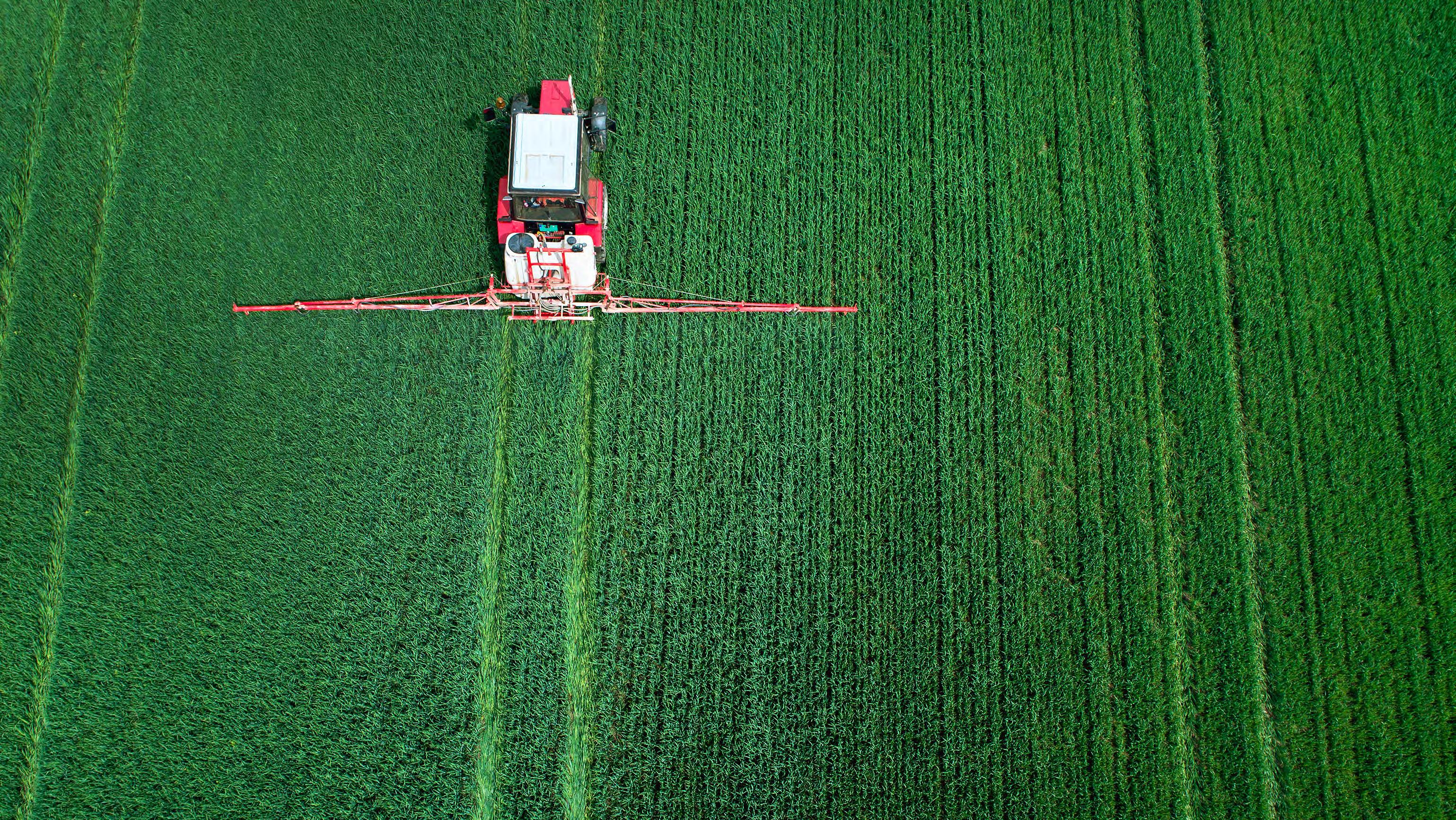
Best Enable bi-directional supply chain traceability to communicate ingredient origin to consumers and prove all ingredients are sustainably sourced. For example, UK seafood company Denholm Seafoods can trace fish from dock to stock, to show consumers that its products have been caught using sustainable fishing practices.
Sourcing and supply chain
It’s not just vertically integrated food companies that have an opportunity to improve your eco-credentials at the source. There are many ways in which food brands reliant on third-party suppliers can source sustainably, and industry bodies such as WRAP in the UK, the National Sustainable Agriculture Coalition in the USA and SDG Nederland in the Netherlands are helping to drive change.
Modern supply chains are designed for speed and cost-efficiency, but this often results in large volumes of goods being flown in from overseas, where labor and production costs are cheaper.
Sourcing from local suppliers can dramatically reduce food miles, preferably suppliers that have invested in ethical, sustainable growing and livestock rearing practices. But it’s not always that simple.
Many processors and importers have adapted supply chains to follow the seasons, ensuring year-round ingredient availability. Only by partnering with growers investing in progressive techniques like vertical farming can the limitations of the local climate be overcome. Take, for example, growers like Bowery Farming, which vertically farms pesticidefree, non-GMO berries, herbs, lettuce and leafy greens.
Where vertical farming isn’t an appropriate option, there are other ways to increase sourcing and supply chain sustainability. These include working with certified suppliers operating within environmental regulations and guidelines and practicing proper crop rotation in the case of plant-based partnerships. Making sure that suppliers pay their workers fairly and contribute to local communities; working with individual farmers and smaller co-ops can make a huge difference in underprivileged areas, for example. Also favor suppliers reducing their reliance on fossil fuels, using solar and wind energy during production and even electric vehicles for distribution.
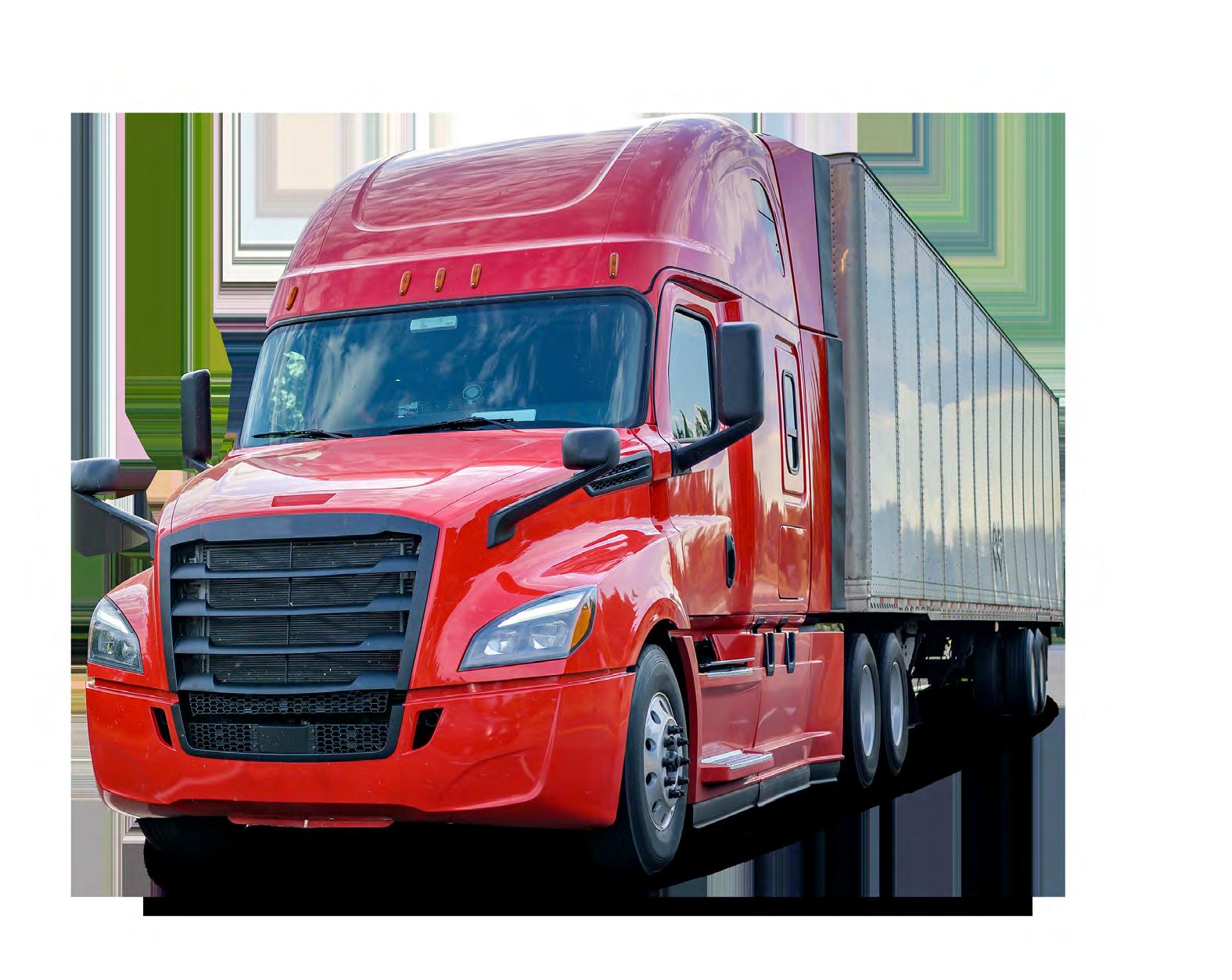
Sourcing and supply chain plays
Good Ensure your suppliers meet the latest environmental regulations and guidelines. This includes preparing for proposed and upcoming legislation like the 2023 Farm Bill and the German Supply Chain Act.
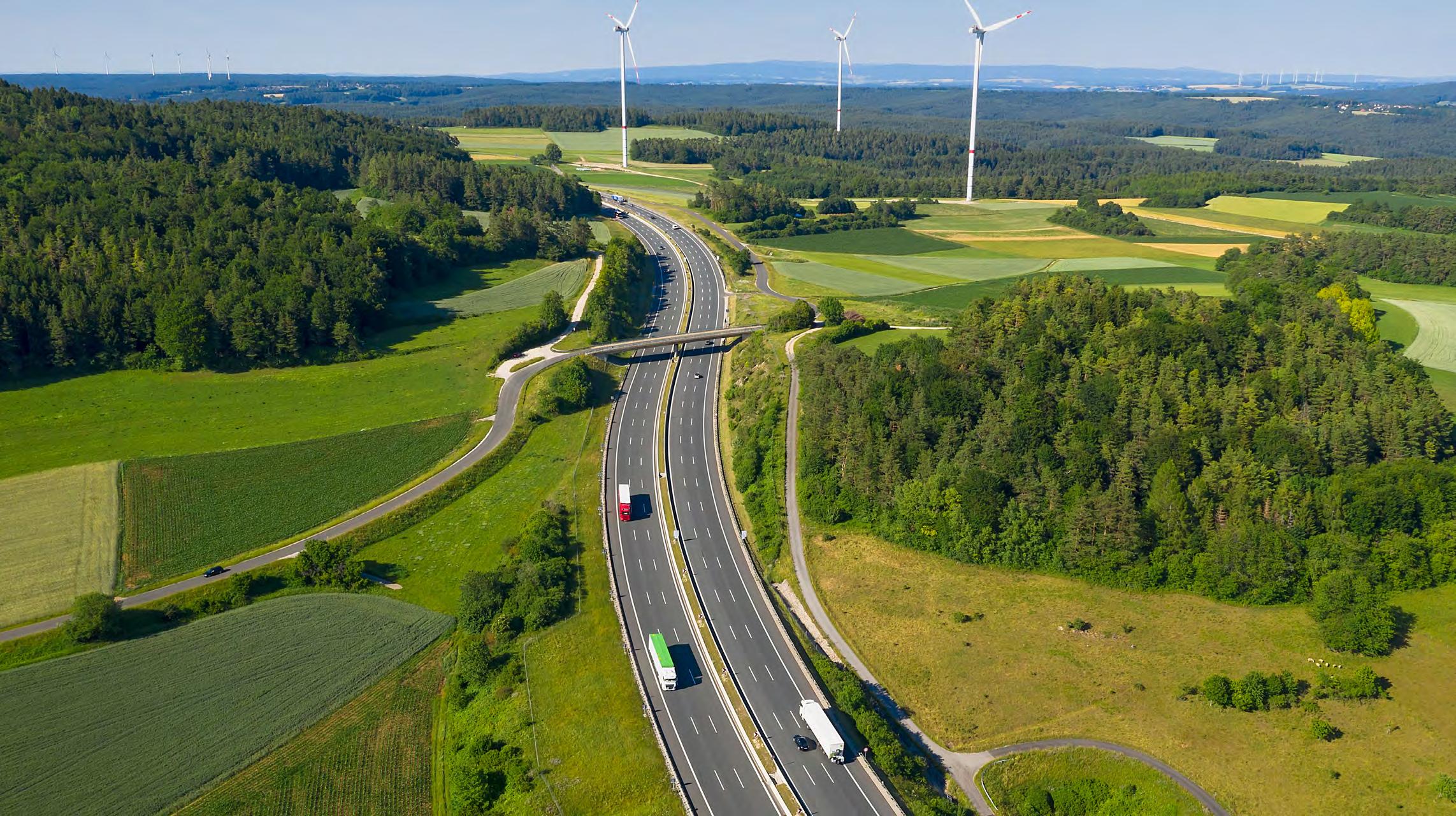
Better Localize your suppliers where possible and use route optimization software to minimize transportation mileage; a recent research study has found that global food miles are responsible for three billion tons of CO2 equivalent emissions – 3.5-7.5 times larger than previous estimates.
Best Prioritize sustainability in your procurement process and collaborate with nearshore suppliers that are actively lowering their climate footprint through their choice of energy sources and production methods where possible. For example, Scotland’s GreenShed Project has developed a system for capturing methane produced by cattle, powered by an anaerobic digester, which will be converted into heat energy to run a vertical farm unit and a low carbon fertilizer.
Manufacturing
Optimizing the manufacturing process is good for the environment and for food companies’ bottom line. Quicker processes, strategic water and ingredient use and reduction in spoilage will protect your brand from many preventable losses as well as lowering your climate footprint and scope 1 emissions (emissions caused directly by your business). But to make production smarter, operational visibility is critical.
Efficient manufacturing operations rely on accurate, up-to-date data to underpin forecasting, planning and production capabilities. For example, gaining a complete, real-time overview of inventory will allow your brand to move to either a FEFO (first expiry, first out) or FIFO (first in, first out) model for utilizing perishable ingredients. Both methods also contribute to the quality and freshness of your finished products by improving expiration date management.
Greater operational visibility and transparency can improve production in other ways, too: managing batch control, limiting the risk and impact of product contamination and tracking more information than standard food labeling can offer; all of which help to minimize food waste. Food companies are adopting GS1 barcodes to encode information like packaging dates, lot numbers and net weight for detailed product ingredient tracking.
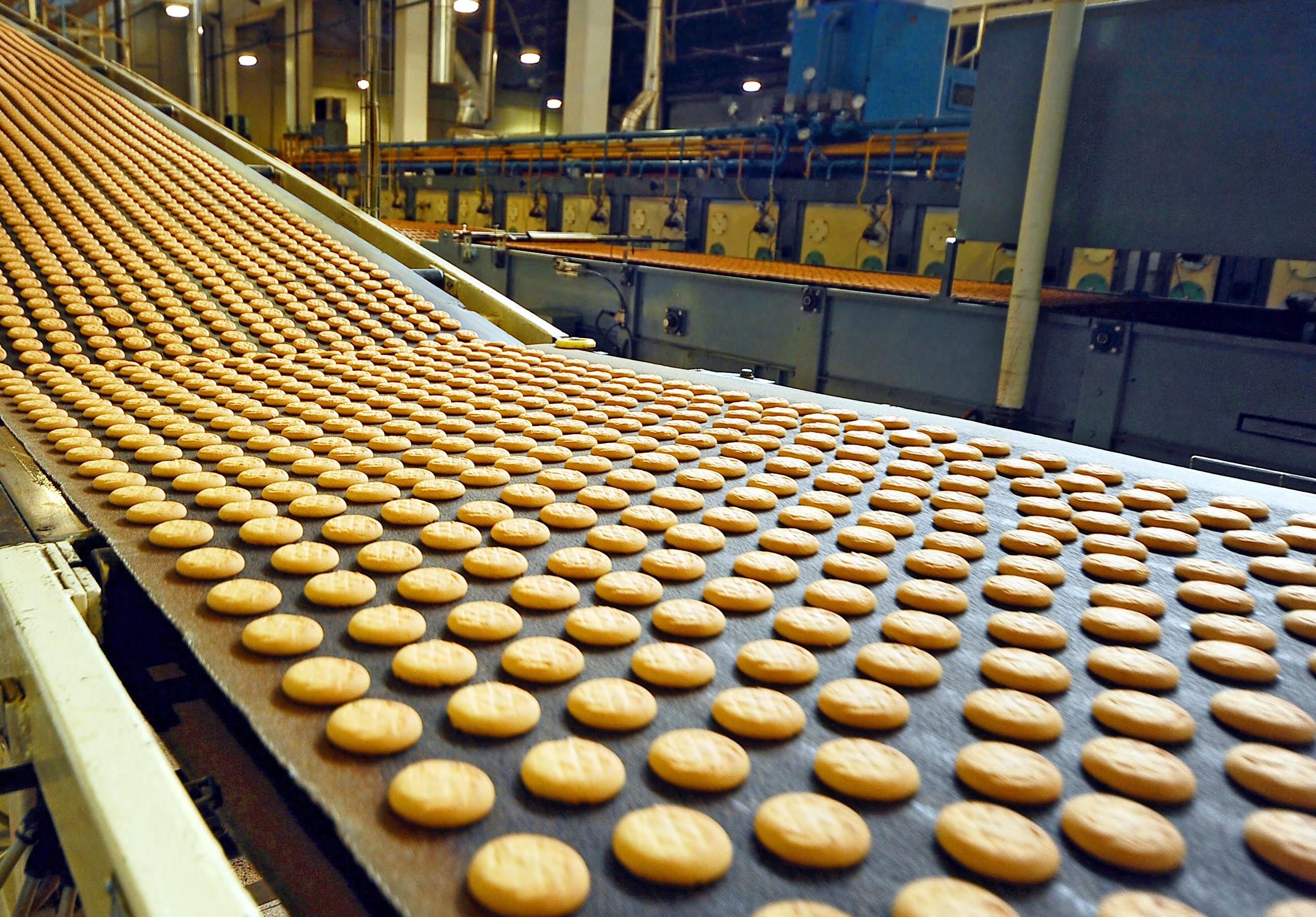
Increased confidence in your manufacturing capabilities allows you to improve precision and stop building in margin for error – for example, no longer overfilling products because you can’t accurately calculate volumes and quantities.
In addition to effective daily decision-making and greater accountability for operational outcomes, another important element of sustainable food manufacturing is data analytics. Many food companies are investing in business intelligence to highlight inefficiencies, frame sustainability strategies and identifying opportunities for automation through solutions like ERP software.
Even small, manual errors – such as setting a cooking temperature too high – can produce burned or dried-out goods, resulting in unnecessary wastage. Understanding your optimal manufacturing conditions and putting technology-driven processes in place to deliver them promotes better quality products, consistently delivered.
And there are other elements of the manufacturing operation that can be refined to manage carbon footprints. For example, complementing process automation with equipment performance and maintenance software. Real-time asset management de-risks production, limiting unexpected downtime that can cause entire batches of perishable products to be thrown away.
Meanwhile, bleeding-edge technologies such as IoTenabled scales and digital imaging devices can utilize resources efficiently and prevent giveaway.
Plant-based proteins will comprise more than 7% of the market by 2030.
Manufacturing plays
Good
Gain complete operational visibility to enable informed, sustainable decision-making and task management. The improvement can be significant: With Aptean Process Manufacturing OEE implemented, co-manufacturer Monogram Foods boosted overall equipment effectiveness by 10 points.
Better
Automate core manufacturing processes to prevent human error causing preventable waste and losses. For example, beverage manufacturer Monin develops more than 150 products for multiple countries, which requires labeling in 28+ languages. The team has invested in formulation and labeling tools to automatically calculate nutrition from raw materials and generate labels in the correct languages.
Best
Integrate multiple real-time data sources to optimize every element of the manufacturing process, from ingredient management and batch traceability through to quantity calculations and quality control.
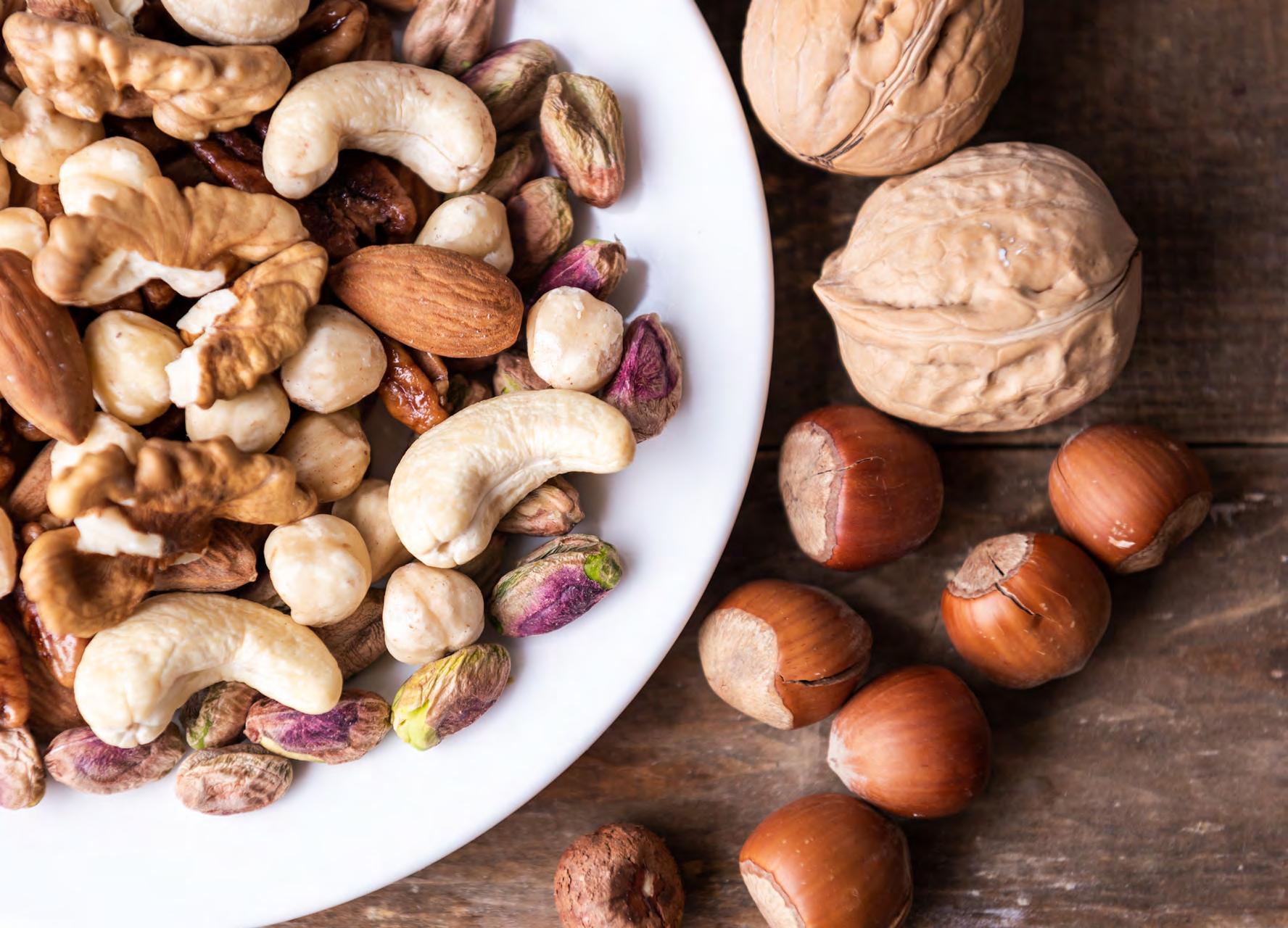
Product innovation
We’ve already highlighted the role of forecasting in driving efficient manufacturing. Now it’s time to look at how predictive data and trends analysis can support sustainable product innovation.
Accurate forecasting prevents overproduction, which contributes to unnecessary waste. And in addition to projecting future demand for existing products, deepening your brand’s data lake enables you to analyze historic and current consumer behavior. That helps you to shape new product development in line with food industry trends, rather than manufacturing goods that sit uneaten and undrunk in warehouses or on supermarket shelves.
Food consumption is a major contributor to the industry’s environmental footprint. 60% of all food waste occurs in the home, while a significant proportion of restaurant food waste is “plate waste,” or food that is served but not eaten.
Consumer-driven NPD (new product development) aligns your innovation and production capabilities with changing tastes, helping to lower waste levels. It also allows you to push flavor and nutrition boundaries, exploring ingredients that support sustainable food production.
A good example of the interdependent relationship between sustainable product innovation and consumer behavior is the growth in vegetarian, vegan and flexitarian diets.
A combination of nutritional and environmental awareness is driving interest in plant-based products, and it’s predicted that plant-based proteins will comprise more than 7% of the market by 2030.
To explore this opportunity in a systematic, quality-focused approach, many food brands are using recipe management tools to ensure transparent, version-controlled product development. Any changes to current product formulation or new product launches can be accurately communicated throughout the business, prioritizing accuracy and limiting food waste.
Technology-driven product innovation also gives your business a measured environment in which to test less familiar ingredients, which can help to promote biodiversity in the growing process. Dependence on the same tried-and-tested ingredients can lead to monoculture, the practice of planting a single type of crop in a given area, which can damage the soil and impact yield.
Incorporating crops like sorghum, a cereal that adapts well to drought-prone and marginal areas where other small grains struggle to thrive, can maximize cultivation opportunities while providing new, nutritionally dense ingredients to consumers.
In addition to pushing the boundaries on sustainable ingredients, many food producers are looking at ways to utilize leftover ingredients and byproducts from current manufacturing processes in an effort to become zero waste.
“Food upcycling” is already being pioneered by challenger brands like the UK’s Rubies in the Rubble, which turns unwanted vegetables and aquafaba into condiments, and U.S. pickle and sauce brand The Real Dill, which makes Bloody Mary mix using cucumber-infused water – a byproduct from its pickling process.
There are hundreds of interesting examples of previously wasted ingredients contributing to new branded products. ReGrained has developed SuperGrain+®, an ancient grain flour from malt used in the brewing process; CRUST Group produces ales from surplus bread and an alcohol-free beverage using fruit peel. Dutch firm Hutten makes soups and sauces from vegetables that would otherwise have been discarded.
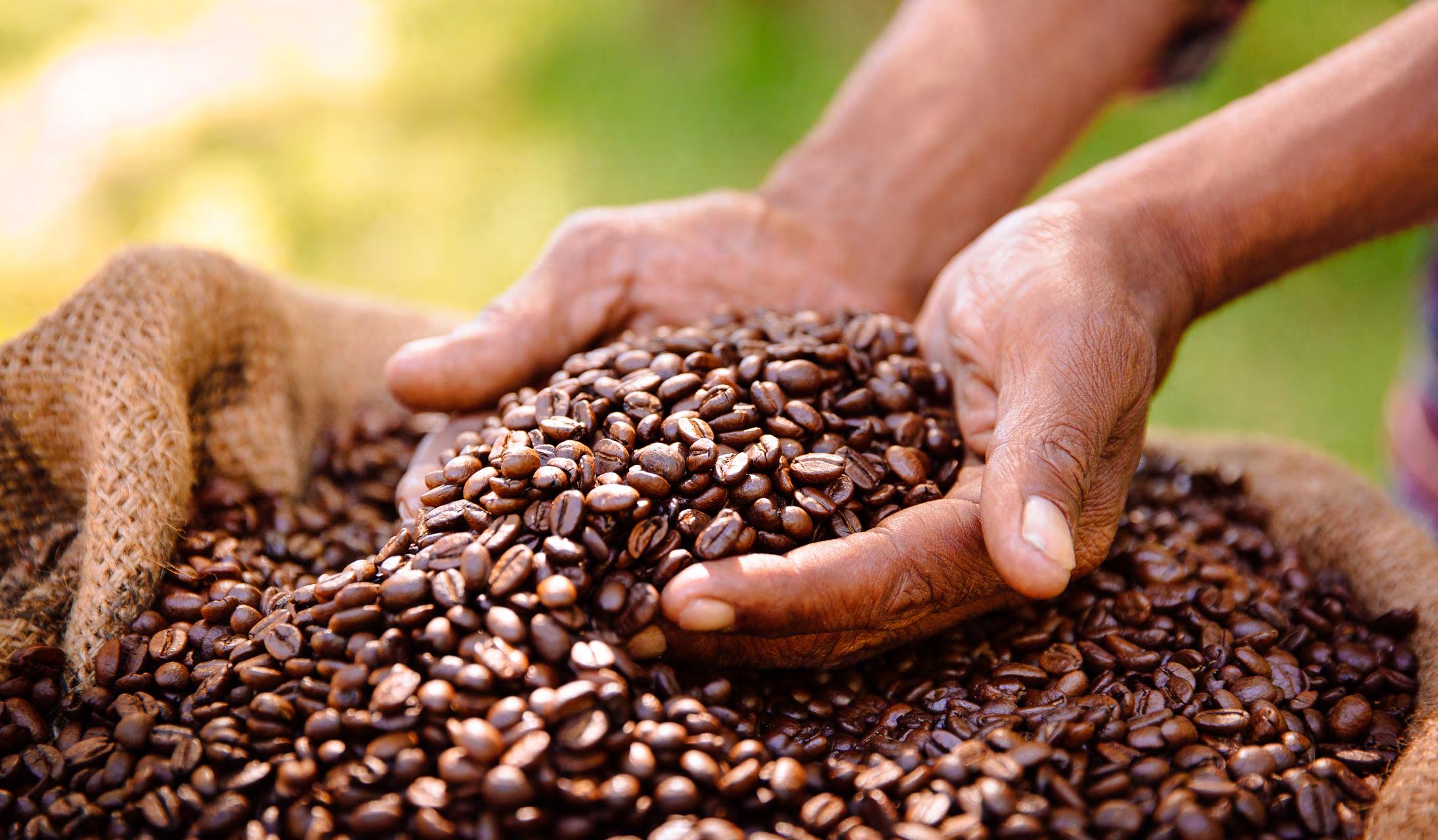
And where byproducts cannot be reused in a circular food production system, brands are offsetting unavoidable waste and supporting environmental protection initiatives within local communities. For instance, Nespresso is building watermills close to the farms it sources from to offset the water-intensive coffee growing process.
It’s not just product formulation that food producers have an opportunity to sustainably enhance, either; packaging is also a major contributor to avoidable waste.
Pressure to recycle and reuse packaging materials is now moving from the consumer to the manufacturer, with many food companies looking at how to reduce or remove packaging requirements altogether – for example, reducing current packaging volumes without products becoming damaged in transit and optimizing packaging sizes to house products more securely. To support this iterative improvement process, many companies have invested in PLM software to integrate product and packaging data, taking a holistic approach to reducing carbon emissions throughout the product development cycle.
Packaging material choices can also greatly influence your climate footprint. More and more food brands are exploring sustainable options that prevent waste from ending up in landfill – like The Coffee Factory, which now produces coffee in compostable packets. Dutch fruit and vegetable producer Eosta has gone one step further, creating natural branding that can be stamped directly onto its loose products. And many brands are looking at ways to sell their products at zero waste supermarkets and stores, where consumers fill their own, reusable containers in an effort to live more eco-consciously.
85% of consumers have shifted their purchasing patterns towards more sustainable options.
Product innovation plays
Good Improve data capture and analysis to drive accurate forecasting. Dutch herb butter producer LaBan Foods uses a daily forecasting tool to adjust its production schedule in line with customer demand – even advising retailers on product purchasing quantities.
Better Use predictive modeling to map consumer trends and use this data to underpin your product innovation strategy. Some meat processors have digitized their livestock procurement process to make bookings up to six months in advance, incorporating predictive data such as anticipated calving times.
Best Combine data forecasting capabilities with a sustainable R&D strategy that focuses on incorporating biodiverse ingredients and recyclable packaging into your product range, finding progressive environmentallyfriendly ways to meet future demand. We’ve already shared several examples of how sustainably-minded brands are achieving this.

Distribution and consumption
While consumer behavior is a major cause of food waste, more and more people are becoming conscious of their contribution to global warming. As such, environmental concerns are becoming an extremely powerful factor in driving their food and beverage choices.
85% of consumers have already shifted their purchasing patterns towards more sustainable options. Eco-friendly credentials are no longer just an advantage for food brands; they are rapidly becoming a necessity. Customers want sustainability to mean more than a tick in a corporate box. They want to know what your climate footprint looks like, how you’re planning to lower it, and how you’re ensuring ethical and environmentally-friendly practices across your value chain.
Building educational marketing campaigns around the plays we’ve already discussed is one way towards raising awareness of your sustainability strategy. However, to create truly trusted relationships with eco-minded consumers, food brands need to strive for total transparency in the end-to-end production process.
Farm-to-fork traceability is the next big milestone in the sustainable food movement, and being able to demonstrate both ingredient origin and the total mileage of each product is a powerful basis for nurturing consumer relationships. New apps like Setai, Giki and Codecheck allow people to scan product barcodes and view CO2 emissions and other environmental data alongside nutritional information. And two thirds of grocery shoppers would switch loyalty to a brand that discloses more product data than just nutritional information and ingredient lists.
It’s not just closer consumer relationships that will drive commercially successful sustainability strategies for your business. A critical part of committing to a sustainable food chain is working closely with supply chain partners to manage energy consumption and waste right to the moment customers purchase your goods.
For example, smarter route planning can significantly reduce emissions during the transportation process – and can be achieved by simply upgrading to better routing and scheduling software. More ambitious food companies can look at investing in fleet services that use alternative, greener fuel sources like hydrogen and electricity. Reducing food miles has the added benefit of ensuring better quality produce for perishable goods, but there may be an impact on overall cost. This is something that your brand will need to incorporate into consumer marketing campaigns, changing people’s mindsets to look beyond price point.
There is also an opportunity to collaborate with retailers to manage inventories and expiration dates, reducing food waste in grocery stores and supermarkets. The FEFO method can be adopted right through to the shelf edge, for example. And there are many ways retailers can stop food that’s going out of date from being wasted – like Too Good to Go, an app that gives stores and restaurants the opportunity to sell “magic bags” of short shelf-life products at discount prices.
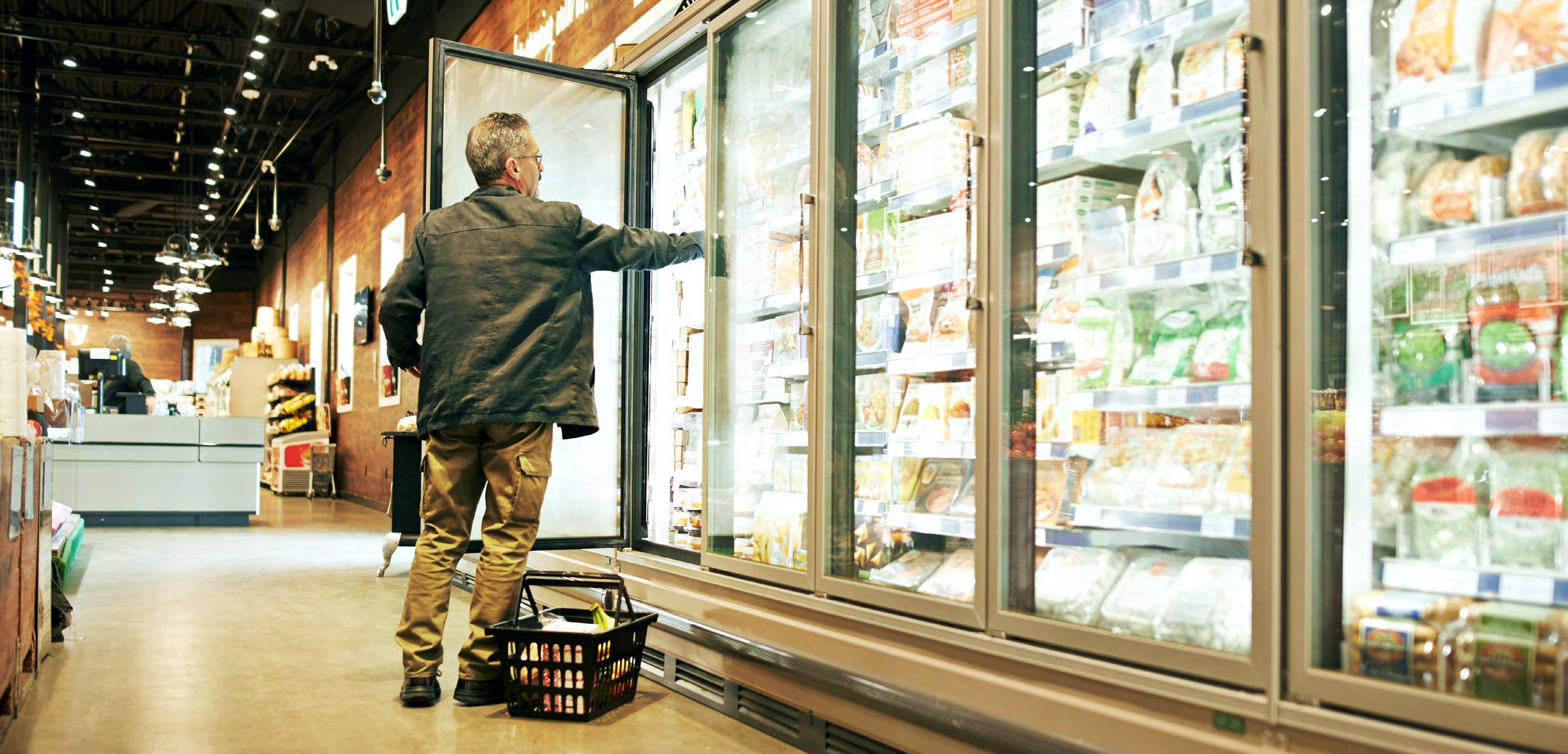
Distribution and consumption plays
Good Outline your plan to become a more sustainable business and share it with consumers. For example, when Carlsberg started working on a renewable beer bottle, it released an advertising campaign with the slogan “0% waste. 100% way to go.”
Better Calculate your current climate footprint to show consumers how you compare with others in the market and detail the steps you’ve made/ will make to continue reducing emissions. Plant-based milk brand Oatly publishes its carbon footprint on product packaging, breaking down on its website exactly what’s included in its sustainability calculations.
Best Invest in farm-to-fork traceability to prove your sustainability credentials to consumers and measure/demonstrate the impact of strategic changes across your value chain on your climate footprint. For example, UniLever has introduced SmartLabel, a barcode scanning app that gives consumers access to data beyond the product label, including sustainability information.
Your sustainability toolkit
Right at the start of this playbook, we mentioned the complex, multi-layered process that underpins sustainable food production. With so many possibilities for environmental optimization, it can be difficult to know where to start – or how to prioritize change.
To help you develop an achievable sustainability strategy, we’ve broken down each business area into good, better and best plays.
Fundamentally, there is one play that will unlock every sustainable possibility: establishing a single source of truth from which to make eco-minded decisions.
Fully modernizing your operational infrastructure should be the top priority for lowering your climate footprint. If you’re currently relying on manual processes or paper records to manage critical processes and data, it’s very difficult to calculate your total emissions scope, let alone analyze information to reduce waste and improve suboptimal processes.
And if you’re already utilizing technology to drive your food business, the next step is to ensure all your operational software is fully integrated to provide a holistic real-time viewpoint for proactive and predictive decision-making. That’s the toolkit your company needs to drive sustainable action.
Keep reading to discover some of the solutions you may want to consider to sustainably modernize your food production and distribution processes.
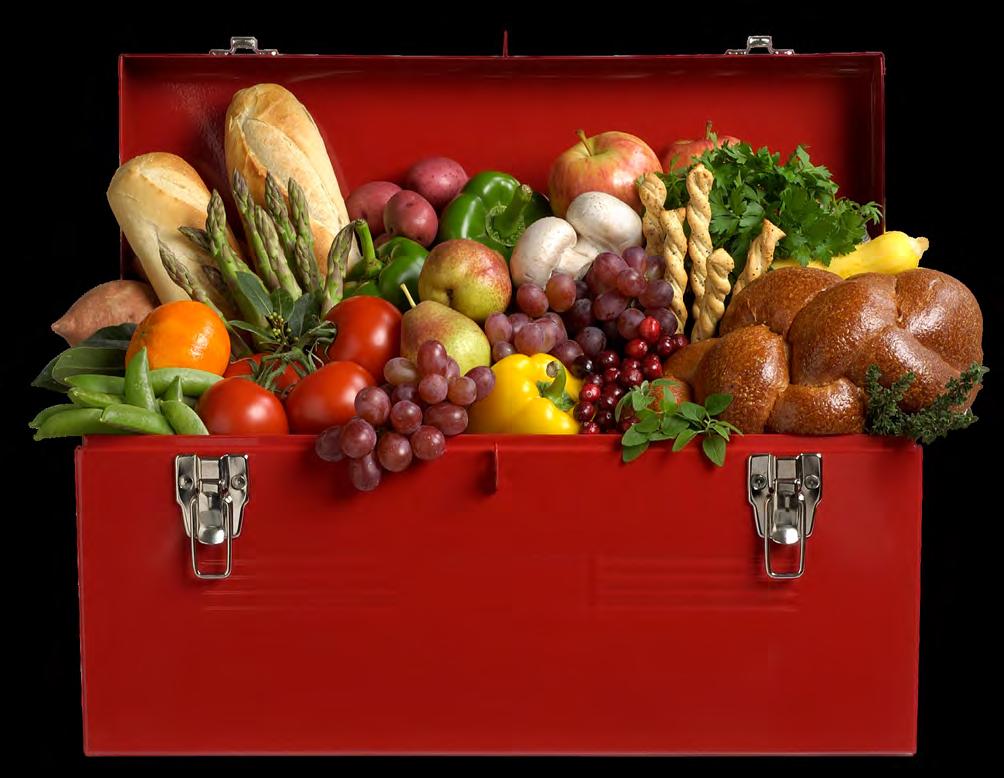
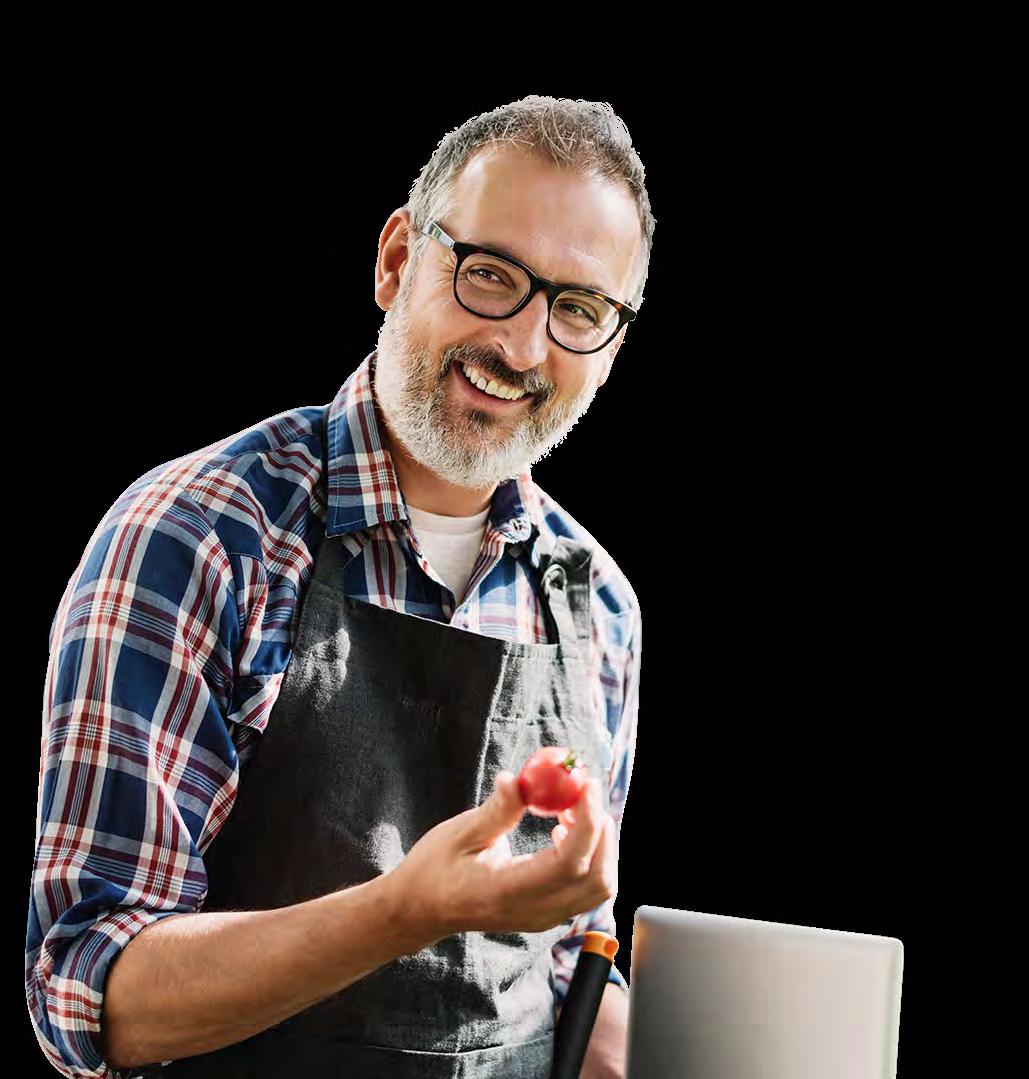
Sustainable food and beverage software
Food & Beverage ERP
ERP software automates processes and streamlines operations to connect your departments and production activities, manage your supply chain, analyze waste, boost process efficiency and forecast future sales, while meeting quality control requirements.
Choosing a industry-specific food and drink ERP solution provides additional functionality that will enhance your sustainability strategy – for example, integration with barcode scanners to digitally track expiration dates and support FEFO picking procedures; crop yield analysis for plant-based products; catch weight measurement for protein products; and dedicated packaging modules that configure requirements for each product.
Aptean Food & Beverage ERP truly excels on this front, offering all of the above features plus real-time efficiency metrics and immediate on-screen alerts to notify staff of manufacturing issues and quality deviations so that the underlying issues can be rectified and waste can be minimized.
PLM software
Product lifecycle management (PLM) technology enables your business to enhance new product development by focusing on data-driven innovation, standardizing recipe formulation, enabling close collaboration with suppliers and accelerating time-to-market.
A purpose-built food and beverage PLM, like Aptean’s dedicated solution, supports product innovation within the framework of evolving regulatory standards governing ingredients, packaging, labeling and product claims.
EAM software
Investing in a real-time asset management solution will enable your business to maximize reliability, de-risking production and preventing wastage caused by technical downtime. With an advanced system like Aptean EAM, you’ll be able to optimize the performance of your equipment, cutting down on malfcuntions that result in rework and scrap while lowering the total cost of ownership for your assets.
OEE software
Overall equipment effectiveness (OEE) technology complements EAM software by monitoring and optimizing the performance of your machinery. An OEE solution built for food and beverage businesses will help you optimize changeover processes and identify causes of yield loss from batching through to packaging.
Aptean OEE for food and beverage companies can enhance your sustainability strategy by offering insight into all manufacturing losses in real-time, keeping your personnel informed of issues that require intervention so that your employees can act with agility to keep waste at an absolute minimum.
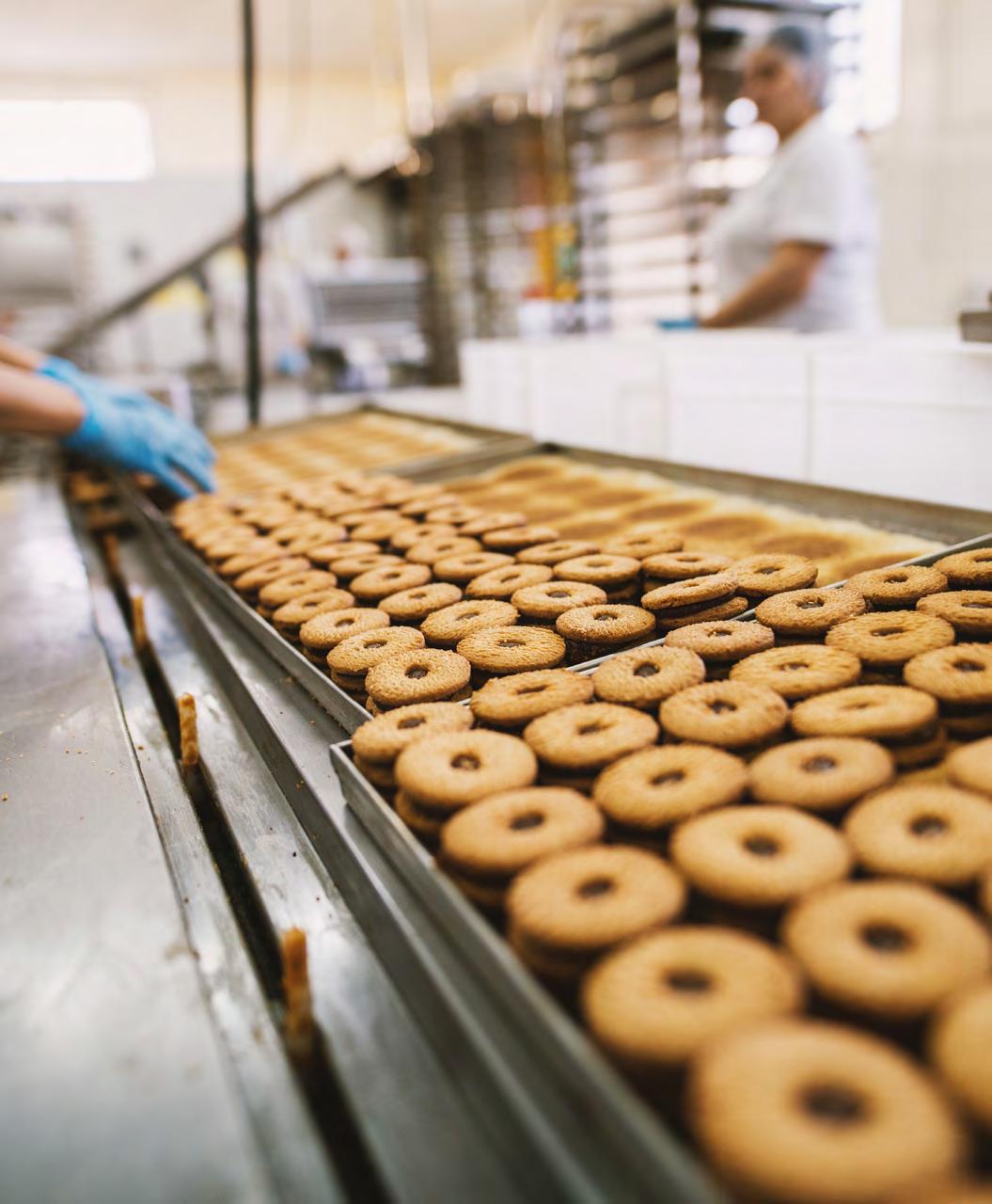

Routing and scheduling software
Smart routing and scheduling software will ensure your sustainability strategy is implemented end-to-end, from ingredient origin to last mile. Superior solutions like Aptean Routing & Scheduling can optimize your routes to minimize fuel consumption while still ensuring that deliveries are made on time, every time.
EDI
EDI – or electronic data interchange – digitizes and organizes paper-based business communications and exchanges. A bestin-class offering like Aptean EDI helps you cut back on your use of paper records while also accelerating your speed of transaction so that you can get more done every day.
Business intelligence (BI) and analytics software
Even in a technology-driven operation, vital information and reports can be scattered across multiple departments. BI software integrates critical data to provide crystal-clear operational information, which can be accessed by all levels of your organization to make quick, accurate, sustainable decisions.
Aptean Business Intelligence helps you track more than 300 key performance indicators (KPIs) out of the box, allowing you to predict how certain changes in your processes will affect both your sustainability results as well as your bottom line.
Building a sustainable food production and distribution business, play by
play
End-to-end
› Invest in industry-specific software that will modernize and digitize your operations to improve efficiency and drive sustainable decision-making
Cultivation and sourcing
› Ensure your suppliers are meeting the latest environmental regulations and guidelines
› Move away from reliance on herbicides, pesticides and fertilizer for agricultural production and focus on high animal welfare standards in meat production
› Localize your suppliers where possible to minimize transportation mileage
› Analyze growing/rearing conditions to optimize yields without resulting to inhumane or environmentally-damaging techniques to stimulate output
› Prioritize sustainability in your procurement process and collaborate with suppliers that are actively lowering their climate footprint e.g. through their choice of energy sources and production methods
Distribution
› Optimize distribution routes to minimize food mileage
› Use hydrogen-powered trucks and/or electric vehicles
› Encourage retailers to adopt the FEFO model and to sell short shelf-life products at a discounted price in-store and through food waste apps
Food production and innovation
› Gain complete visibility over your manufacturing operations
› Improve data capture and analysis to drive accurate forecasting
› Move to a FEFO selection model for perishable ingredients
› Automate core manufacturing processes to prevent human error causing preventable waste and losses
› Use predictive modeling to map consumer trends and use this data to underpin your NPD strategy
› Remove excess packaging and switch to reusable/recyclable packaging materials
› Focus your R&D strategy on incorporating biodiverse ingredients into your product range
Marketing and customer relationships
› Outline your plan to become a more sustainable business and share it with consumers
› Calculate your current climate footprint to benchmark how you compare with competitor brands
› Measure and report the impact of sustainable changes across on your overall emissions
› Enable bi-directional supply chain traceability to communicate ingredient origin to consumers and prove all your ingredients are sustainably sourced
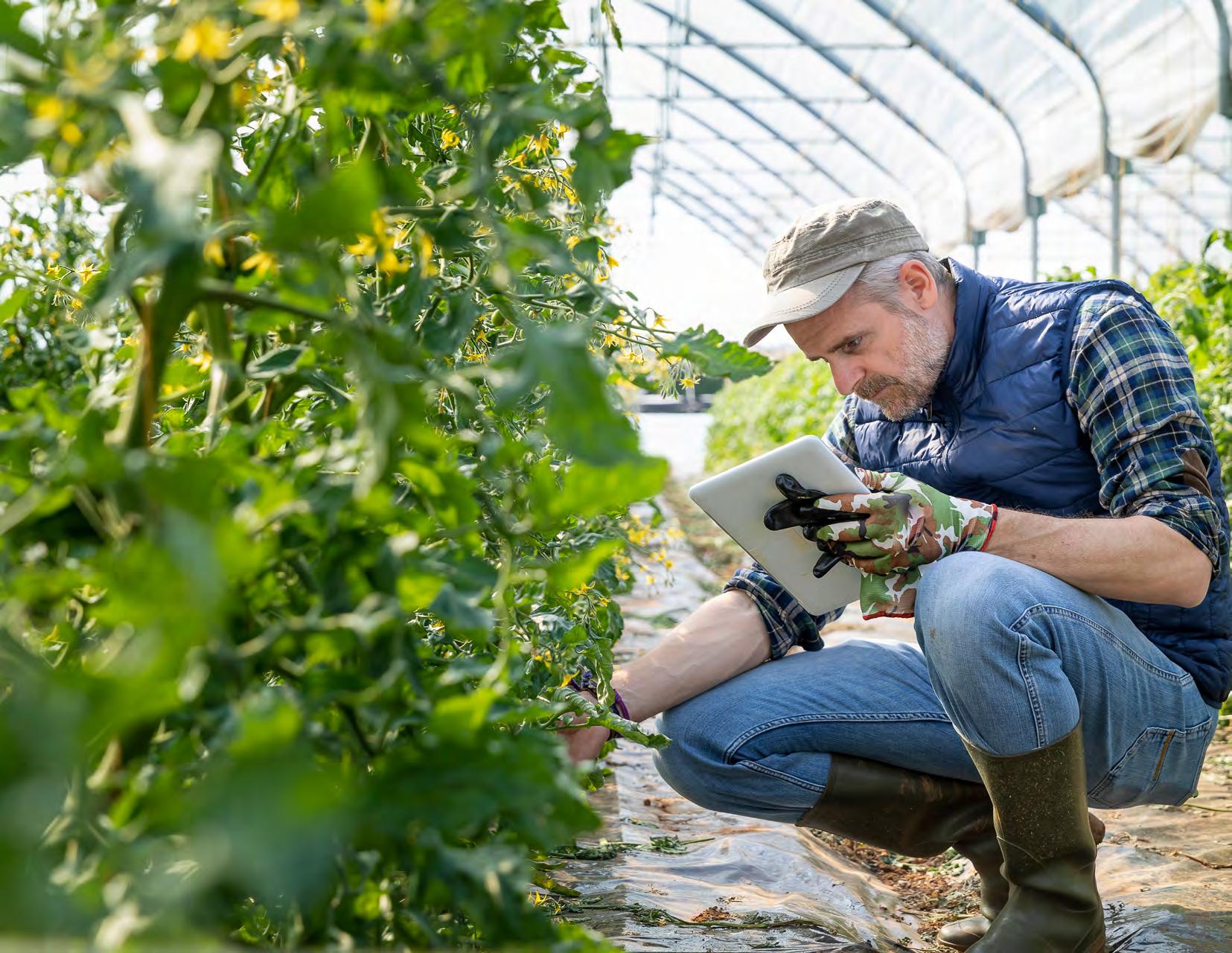
Your next sustainability play: get in touch with Aptean
Committing to sustainable practices inevitably involves some up-front costs, but the pay-off can be higher productivity and increased demand for your products, in addition to lowering your climate footprint. And choosing the right technology will help you to achieve ROI quicker and see greater sustainable changes and commercial returns.
For ease of deployment and day-to-day management, look for vendors that can provide multiple software elements in a unified solution, and which can easily integrate with any specialist technology you have in place.
Aptean specializes in empowering food and beverage companies with a strong technological foundation and “single source of truth” to get Ready for What’s Next, Now®. With decades of collective industry experience, our dedicated professionals “speak your language” and understand the specific challenges that food and beverage companies like yours face, as well as how to best overcome them and succeed in a dynamic marketplace.
Schedule a demo to see how our integrated food and beverage solutions can help your business optimize end-to-end operations and reduce your scope 1, 2 and 3 emissions.
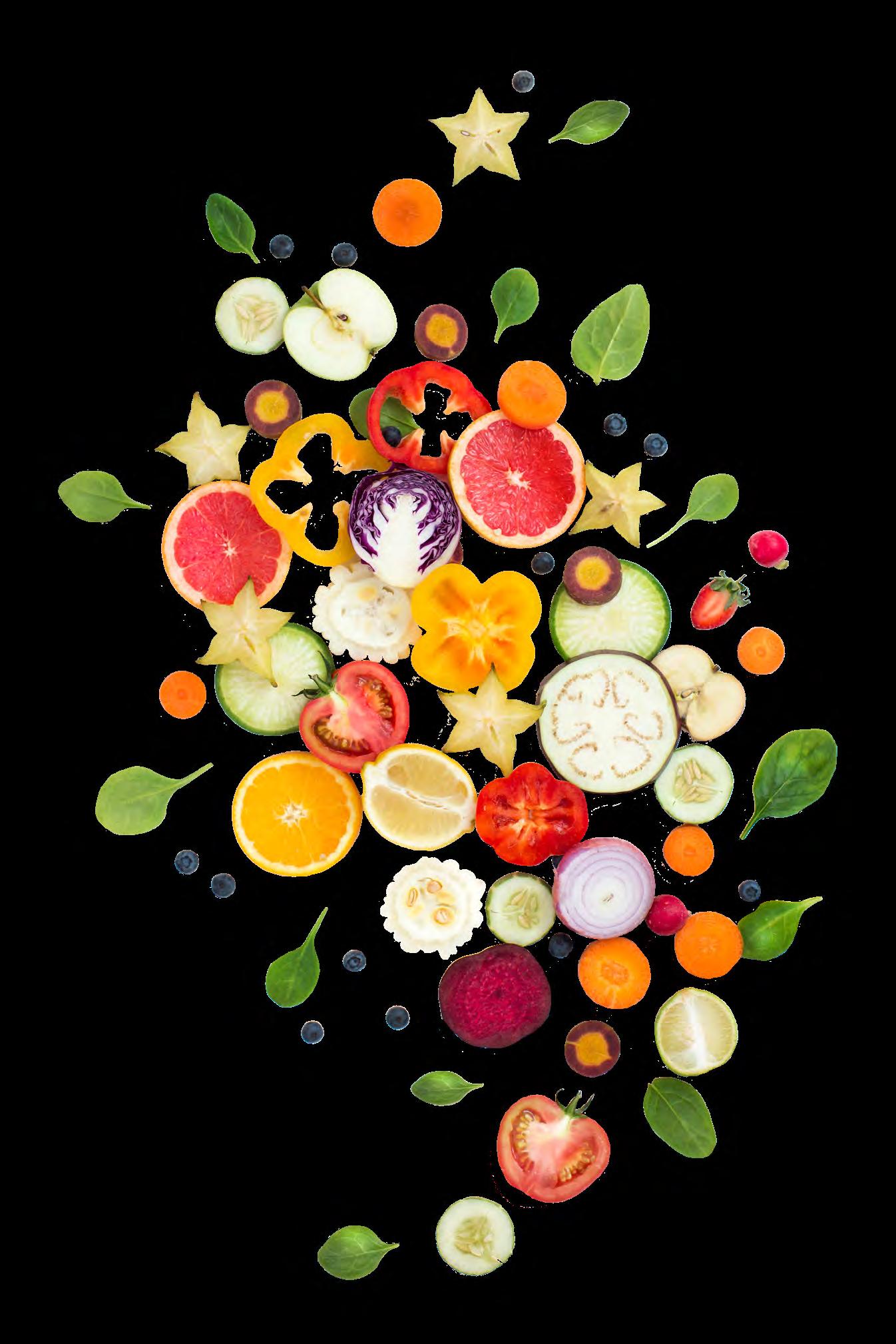
to see how Aptean Food & Beverage ERP can help you address sustainable practices at your food company? Contact us at info@aptean.com or visit www.aptean.com.
Aptean is one of the world’s leading providers of purpose-built, industry-specific software that helps manufacturers and distributors effectively run and grow their businesses. With both cloud and on-premise deployment options, Aptean’s products, services and unmatched expertise help businesses of all sizes to be Ready for What’s Next, Now®. Aptean is headquartered in Alpharetta, Georgia and has offices in North America, Europe and Asia-Pacific. To learn more about Aptean and the markets we serve, visit www.aptean.com.
